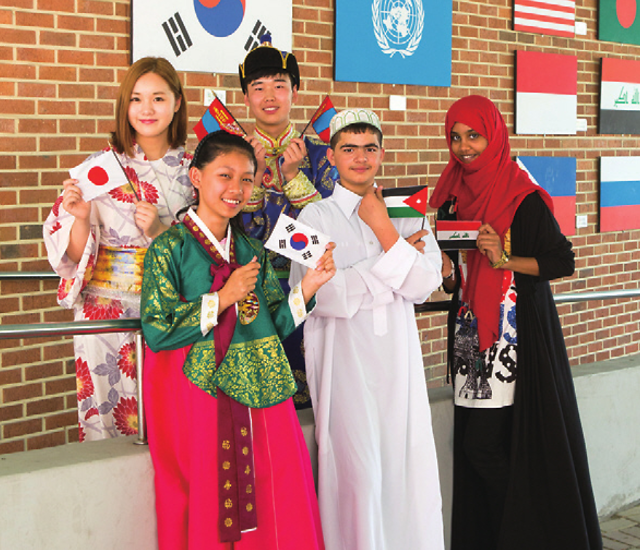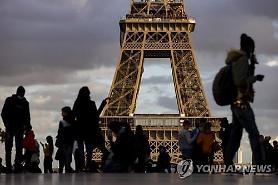
South Korea is experiencing a significant aging phenomenon, with about 30 percent of its population expected to be aged 75 and older by 2073. The aging trend is being sped up by a record-low fertility rate, which has declined to 0.81 babies per couple in the first quarter of 2023.
According to the government data released on July 30, a total of 1,752,346 foreigners resided in South Korea for three months or longer in 2022. Statistics Korea said the number of immigrant families was 399,396, up 25.2 percent from 2017. The number of multicultural households has steadily increased without being affected by the COVID-19 pandemic since 2017.
The education ministry's data showed that students from families of diverse cultural backgrounds skyrocketed to 160,000 in 2021 from about 46,000 in 2012. Students from multicultural backgrounds accounted for three percent of the total number of elementary, middle, and high school students in South Korea which stood at 5.3 million in 2021.
"South Korea should set up an immigration policy that can systematically accept high-quality manpower," Lee In-sil, the director of the Korean Peninsula Population Institute for Future, was quoted as saying. The former head of the statistics office said avoiding the population crisis is inevitable even if the country encourages marriage and childbirth through policies.
Earlier this year, the Ministry of Education announced that it would introduce artificial intelligence-based digital textbooks that provide translation services. Elementary, middle, and high school students will be able to study various subjects such as science, math, social studies, and the Korean language by 2028.
In July 2023, the labor ministry revealed its plan to allow 100 domestic helpers from foreign nations to assist with household chores and childcare in Seoul. The ministry aims to adopt the system as the majority of helpers in South Korea were old people in their 50s and 60s.
Copyright ⓒ Aju Press All rights reserved.



![[OPINION] My first impression in Seoul: a foreigners perspective](https://image.ajunews.com/content/image/2018/05/29/20180529102122902848_278_163.jpg)
